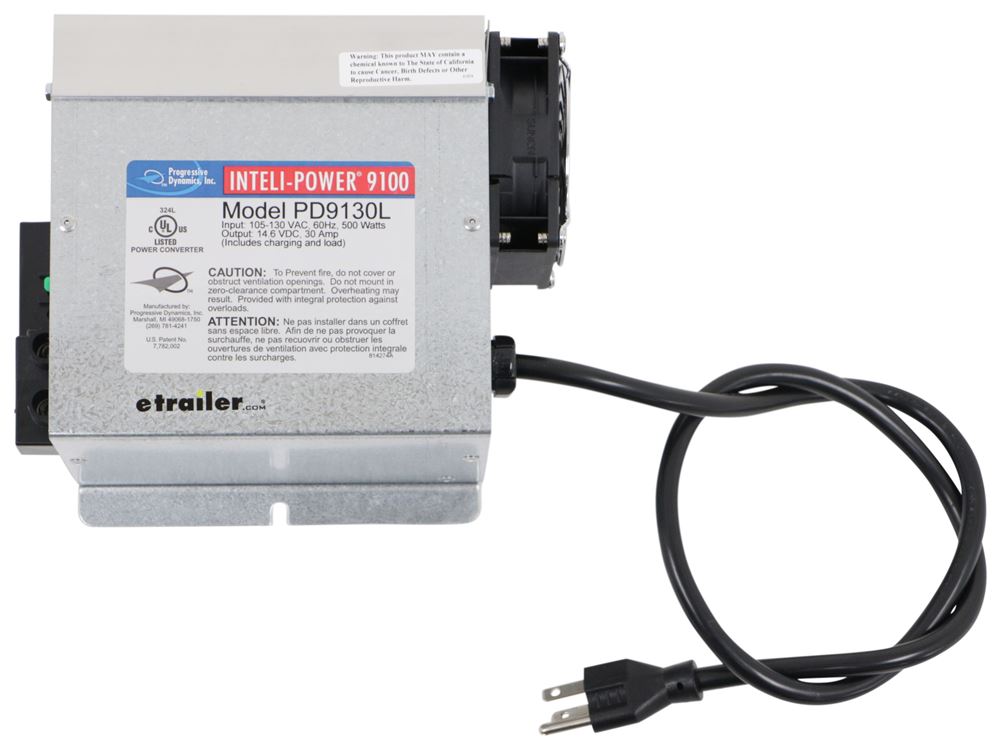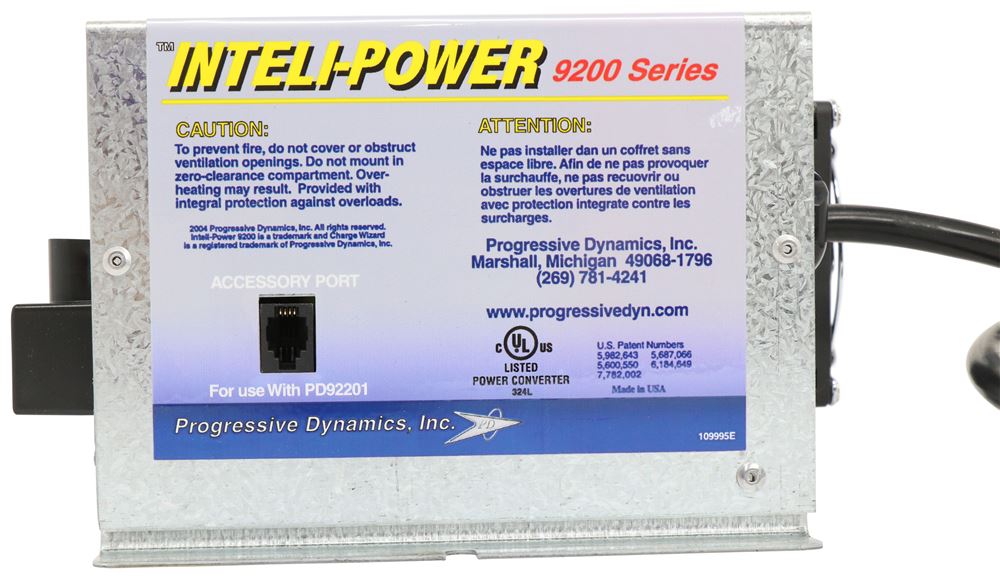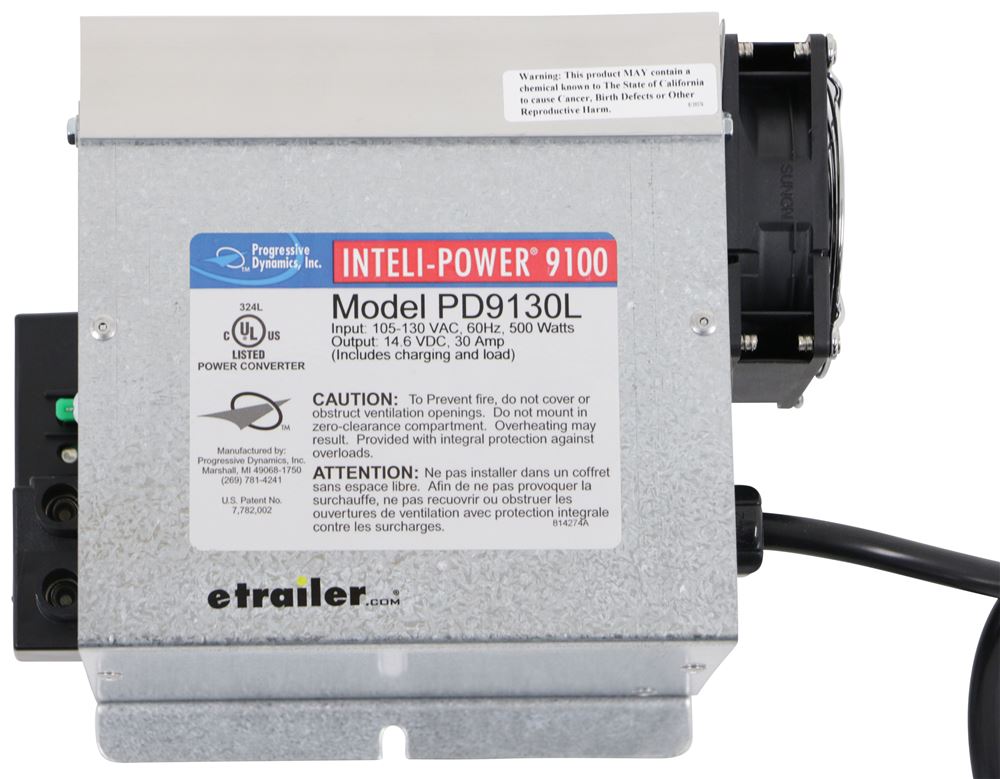
Keep these tips in mind when buying your RV converter to get the best one possible for your needs. If you can find one that also offers protection from overloading or polarity reversal, that would be even better. At the very least, it should have thermal and overheating safeguards. It’s also important that any converter you choose to have safety features to protect your RV from shocks or fires. If you have limited space, you’ll need to measure it to make sure the one you buy can fit. Size and Safety FeaturesĪlthough most converters are relatively small, the exact size and weight can vary. Depending on how your RV is set up, you might require the wiring to be one or the other, and not all converters can be connected using both methods.
BEST RV SMART CONVERTER SERIES
Check to see if you can hook up the wiring in series or parallel.
BEST RV SMART CONVERTER INSTALL
If it has a built-in cooling system, you’ll need to make sure you can install it somewhere that won’t obstruct the airflow. Consult the manufacturer’s instructions to determine how difficult connecting it to your RV will be. You don’t want to buy a converter that has a complicated installation process. READ: Take 5 – Some great Christmas gift ideas for travelers How Easy It Is To Install Things like weight, fan noise, wiring, and additional safety options might not be available on these cheaper options.

There are also cheaper ones, but they are usually less reliable and have more downsides. If you are willing to spend more, you can get a higher quality converter with better features. Price of the ConverterĬompare first the prices of potential choices to get a rough idea about how much the average one costs. Don’t forget to add the number of amps your battery requires, too. To find the amperage they’ll need, divide the watts by volts (W/V=A). You can do this by checking the sticker or small metal plate on them. Smaller RVs can easily run comfortably with this type.Ĭalculate the amount of power your RV will need by determining how many amps your appliances and devices require to run. Things like laptops, smartphones, lights, fans, or pumps would benefit from a smart converter. This is better when you have smaller appliances or sensitive electronic devices that could be damaged if too much power is supplied to them. Smart ConverterĪlso known as a multistage converter, these will power your battery in stages to avoid overcharging it. If you have a larger RV, you’ll probably want one of these.

If you have a refrigerator, freezer, microwave, air conditioner, or television, you’ll be consuming significant amounts of electricity, so a high output converter is a necessity. These are the best choice if you have a lot of large appliances that require large amounts of power to run.

You should also consider the overall size of your RV as larger ones will require more amps to keep everything running. When deciding between these two types of power converters, consider what kind of appliances and devices you have in your RV.

Selecting which one is best for you depends on what you need out of it. There are two types of converters: High output converters and smart converters. It’s important to have a good converter to make sure everything in your RV is running at peak efficiency. Some converters will also store AC power for anything that runs on that type of electricity instead. Larger appliances tend to need DC power, while smaller ones will require AC. Many RVs require both types of power to run everything on board. RV converters transform the alternating current (AC) power from a typical public electrical grid or campground power source to the direct current (DC) power of your battery.


 0 kommentar(er)
0 kommentar(er)
